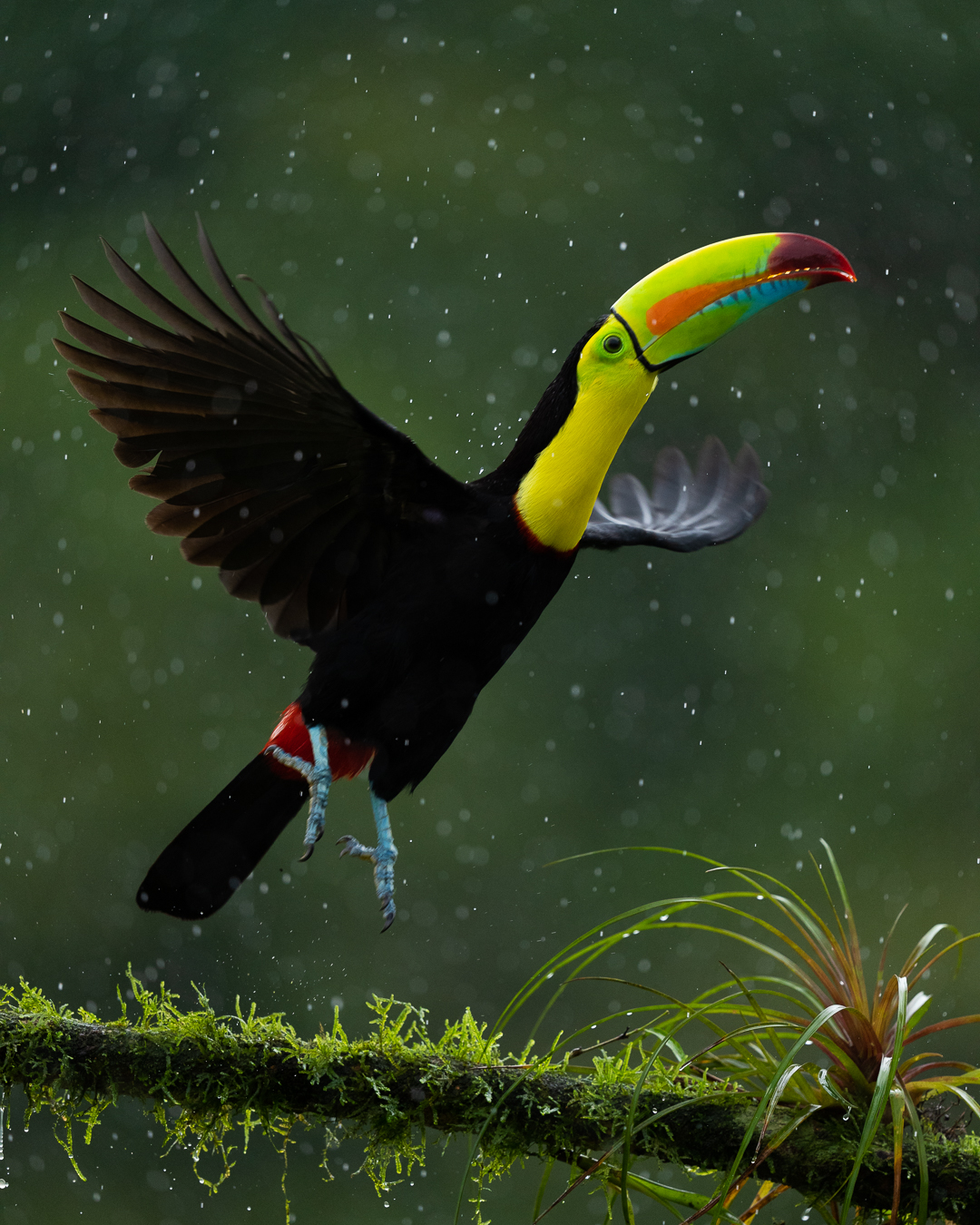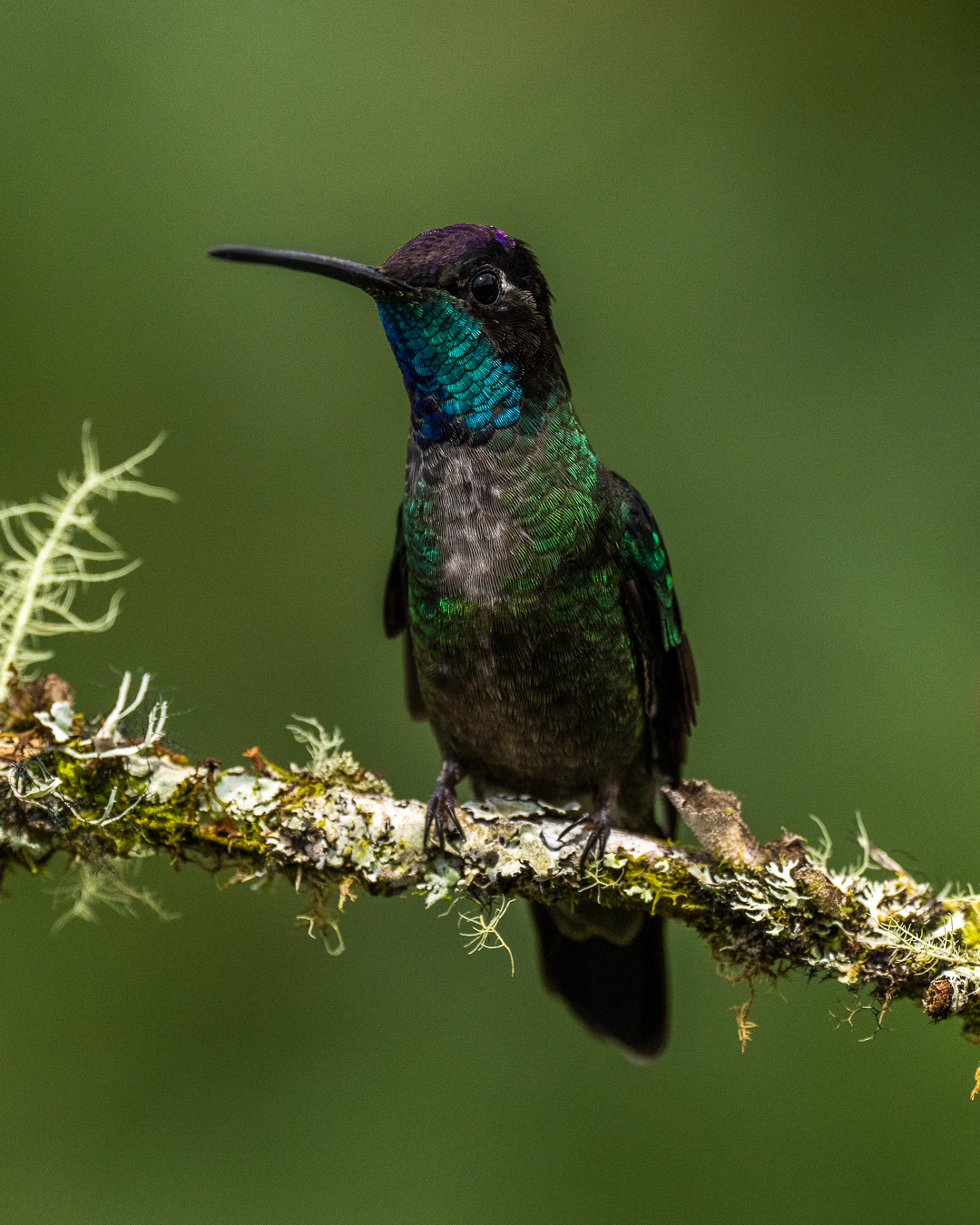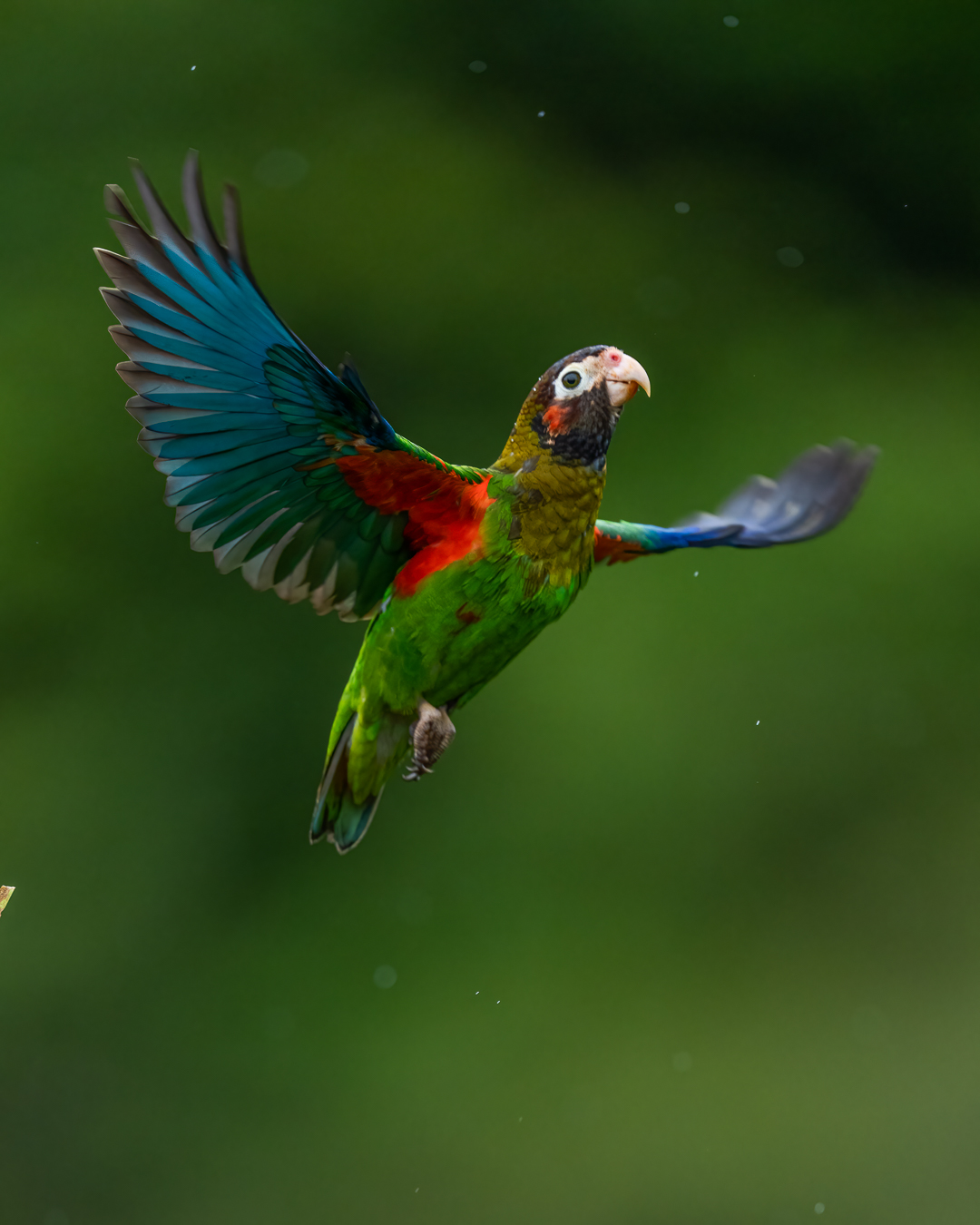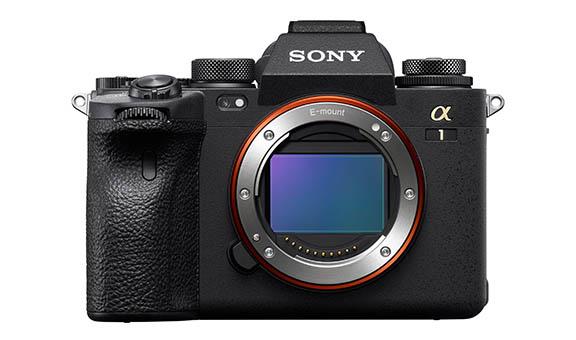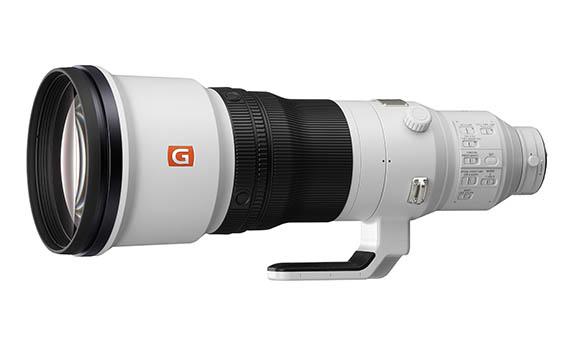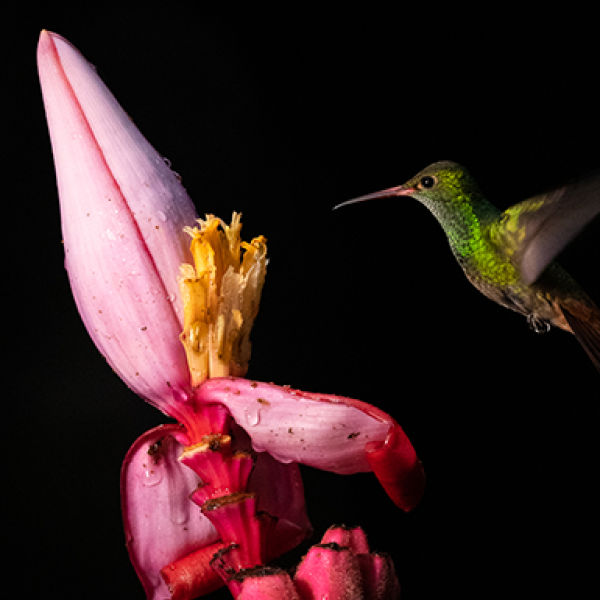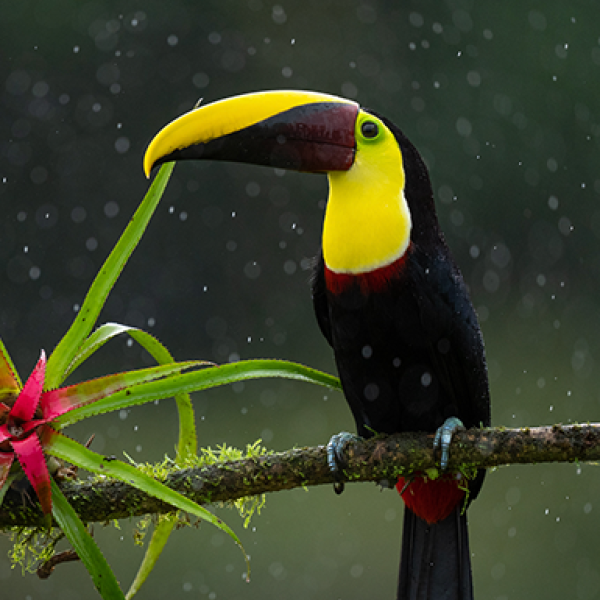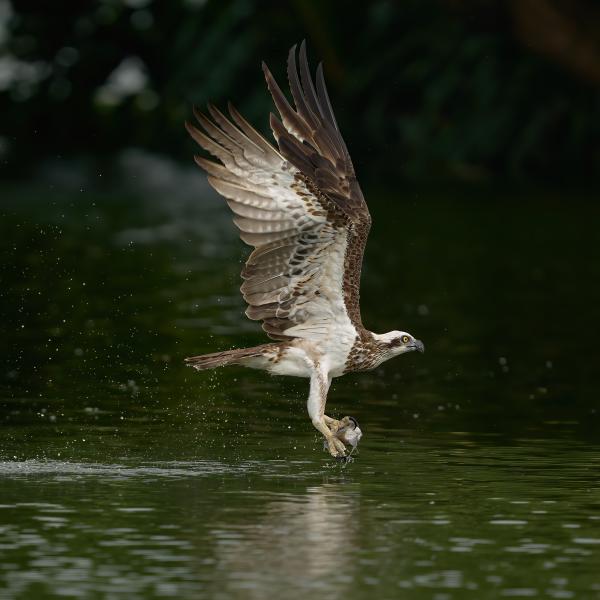Bird Photography Part 3: Take Flight into Bird Photography with These Awesome Tips
In our last two articles with Sudhir Shivaram (@sudhirshivaram), we discussed how he finds locations to shoot birds, and the equipment that tags along with him. In the final stretch of this three-part series, we sat down with Sudhir and discovered his secret notes and best tips for bird photography.
Sudhir Shivaram has a 'wild' side when it comes to his wildlife photography. A revered name in the wildlife photography scene in India, his photography is greatly loved and respected in the community. Sudhir even has a reputation as an inspirational role model and teacher among younger photographers.
In his youth, Sudhir was always fascinated by birds while jungle trekking. Being away in the forest gave him the opportunity to photograph nature, and his love for birds and bird photography bloomed. Consequently, Sudhir found himself visiting various bodies of water near his home, hoping to catch a glimpse of birds.
Through the years, Sudhir has built a portfolio with his unique style. People instantly recognise his portraits and creative shots of birds. Using an 800mm+ focal length lens for bird photography also results in bokeh and a very clean and smooth multi-tonal background, which contributes to his signature photography look. By keeping his processing simple, Sudhir hopes to keep his photography looking natural and persist with his style.
As a master in bird photography, Sudhir advises young talents to adhere to 4 pillars. "Firstly, the key to bird photography is the comprehension of bird behaviour. Once you are familiar with the way birds behave, their movement becomes much easier to predict and you can easily identify their favourite perching spots. Often, you'll find that the birds are very cooperative with their presence, and this gives the photographer more time to shoot," said Sudhir.
"Secondly, photographers need to have good fundamentals. They need to understand various camera settings and learn the art of composition to make bird photography effective. It can be challenging to get birds in the viewfinder - especially lively and tiny ones. To overcome this, I use a technique with both my eyes open - my right eye through the viewfinder and the left eye looking at the bird. This method gets me a double super-imposed vision, that I can match to get the bird in focus. I use this same technique and it works very well when taking photos of birds in flight," explained Sudhir.
"Thirdly, knowing how to work your camera, and making full use of its features for bird photography is a must. Having shooting techniques also involves knowing your accessories - tripods, various heads, using bean bags and panning pods. Other times, having handheld techniques also brings value to both wildlife and bird photography," said Sudhir.
As a seasoned photographer, Sudhir's approach is distinct from younger photographers. "When shooting, I pre-visualise the shot based on my understanding of the bird's behaviour and camera settings. Often, I would visualise the final edited photo in my mind and angle my viewfinder accordingly."
The final pillar is mastering editing. "I attempt to represent the same image I saw out in the field - nothing more, nothing less. For me, post-processing is about image correction, and not image manipulation. Image manipulation, to me, falls into the digital art category; and while I do not have anything against this, I would advise beginners to work on their photography and keep their images natural instead of manipulated. Having taken so many photographs of birds, I can immediately spot manipulated bird images and unfortunately, such practices can cause a photographer to lose their hard-earned reputation. The most I would do during post, would be colour corrections in the simplest of ways."
With such stringent photography standards, Sudhir finds the Alpha 7 IV to be a breath of fresh air. "I have been a user of Sony Alpha 1 and Alpha series cameras, and I have found that it takes me less time to process my images. A simple colour correction, and photo after photo are stunning in every shot. Bird photography doesn’t get any better than this. With the right techniques, bird knowledge and equipment, anyone can dominate this category."
Don’t miss out on our earlier articles on bird locations and photography equipment!

